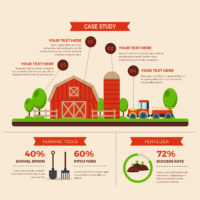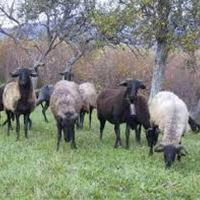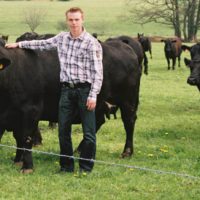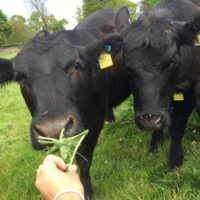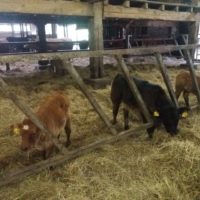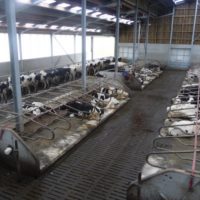Description
The sustainable use of forage resources in farms can be achieved through the adoption of good management practices, which aim to favour the maximization of animal quantitative and qualitative productions and the preservation of forage availability over the years, avoiding overgrazing.
In the demo farm Asciano, some aspects of the sustainable management of the forage resources of the farm were discussed: rotational grazing, determination of occupation and rest intervals, stocking rate and combination of forage species to increase the annual forage availability. The farm forage resources, mainly mowed, have been integrated by monocultures of Crimson clover and sulla, both sown with the minimum tillage technique, without the use of chemical fertilizers. Sulla monocrops yield up to 7 t of forage per year and can be both mown and used for grazing. Forage quality was checked by means of periodic laboratory analyses. The efficiency of the conversion of the various forage resources of sheep in selection for milk production was also indexed. Among the benefits achieved:
- Higher on-farm forage production;
- Soil conservation and minimization of erosion;
- Continuous monitoring of the quality and quantity of pastures and the related animal performances;
- Increase of milk production and the value of the flock.
The data collected in the demo farm are a reference for all breeders who intend to adopt the proposed forage system in their farms.
Abstract also available in:
Dutch | French | German | Italian | Polish | Swedish

